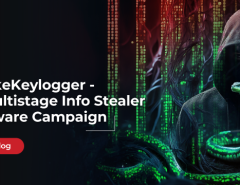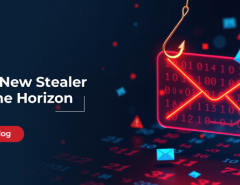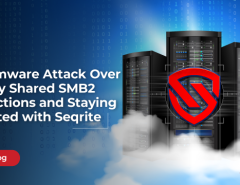Believe it or not, traditional cyber-criminals are slowly abandoning the obsolete techniques of making money-courtesy the growing popularity of ransomware attacks. The latter is a lucrative crime operation which plagues every business, regardless of its spread. Cyber extortionists keep tracking numerous organizations and try to gain unsolicited entry into the existing databases. While certain legislation are already in place to stop this scourge, there is a lot more to fighting the ransomware attacks than what meets the eye.
Cyber-criminals, who hack into a company server, can encrypt the critical files and confidential information; thereby asking for a sizeable ransom for the decryption key. While certain companies choose to pay the amount, it is never advisable to do the same. On the other hand, there are also some organizations that have the entire data backed up and thus often refrain from yielding to unscrupulous demands. However, it is also worth noting that sometimes despite refusing to pay the ransom, the concerned company still incurs massive financial losses due to the costs of restoring the backup and disinfecting the machines. That said, if an organization chooses to pay up instead of complicating things further, the cyber criminals feel empowered and start gaining confidence which in turn can be detrimental to other global enterprises.
Why and How Should We Protect our Files and Data?
Before analyzing the safety measures against ransomware threats, it is essential to understand how a specific attack functions and what areas it can influence. While a ransomware attack cannot turn off the power of a system or infect critical operations of an industrial control system, it can easily lock out all the operators from controlling or viewing the existing process. Any ransomware threat is, therefore, a software-centric attack that renders the controllers useless.
Read more: Encrypt your data or be hacked: Choice is yours
Therefore, if an organization puts some thoughts into creating backup plans and contingencies, it can bypass the threats and still log into the infected systems. However, protecting files and data against a ransomware attack can get tricky at times and having a step-pronged approach can surely come in handy.
1. Backing Up the Data Reserves
The simplest of strategies is to stop being vulnerable. Having a backup is, therefore, necessary and advisable as we need not wait for the validation of hackers to look into our own databases. This approach makes organizations self-sufficient and discourages ransomware threats.
There are, however, times when hackers look for physical backup systems to encrypt. It is thus advisable to opt for cloud-backup systems by hiring trusted and resourceful security service providers like Seqrite.
2. Avoiding Suspicious Links
Phishing attacks are the most conventional techniques used by hackers to gain entry into a corporate database. One such example would be the recent attack that targeted Congressional Members, prompting the IT staff to block email access to Yahoo accounts for a short span of time. Apart from desktop access, phishing keeps bothering the smartphone users via a technique called malvertising. The best approach to handle the proliferation of suspicious links and emails is to train employees who handle majority of the enterprise devices.
3. The Concept of ‘Patch and Block’
Organizations cannot always expect users to be the stop-gap against ransomware threats. Despite awareness, users may still deliberately or accidentally end up opening attachments and click on malicious links. Therefore, deploying an excellent endpoint security solution is the wisest thing to do. Seqrite is one such security service provider that makes use of efficient, deep learning technologies for detecting threats.
Although, having a functional security service provider helps, it is always beneficial to patch security holes in software to prevent colossal attacks.
Why Paying up isn’t the Solution?
Organizations which are tempted to pay up to recover their files and user data must reconsider their decision. Attackers do not have a reputation to protect, and it isn’t evident that the concerned organization will get back the compromised data or the decryption key for gaining access. Moreover, once hacked, the attackers can always come back to haunt as they believe that the organization will pay up— all over again.
Inference
While there are different schools of thought when it comes to managing a ransomware attack, the most straightforward approach will always be to protect files and data as a precautionary measure instead of sitting back, waiting for the attack and paying up when invaded.
As an IT security partner for your business, Seqrite provides comprehensive endpoint security from advanced cyber threats. To know more, visit our website or




